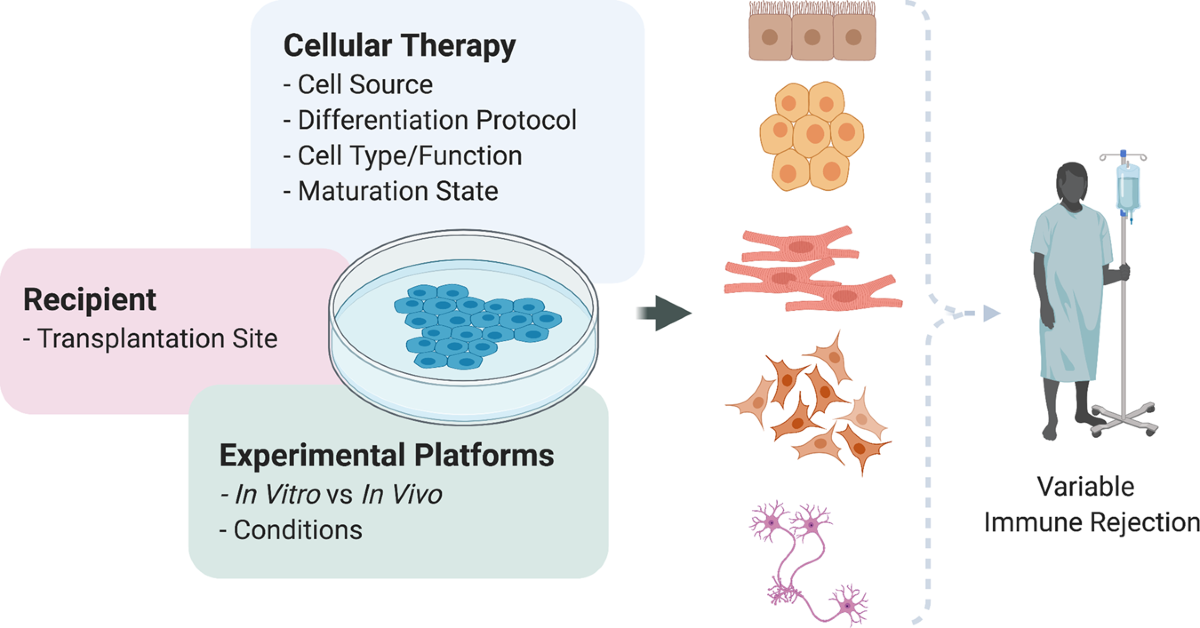[/image][=video]
[/video]
There are lots of sorts of stem cells. As a whole, the term stem cell refers to a group of cells that trigger other cells (like skin, blood, heart, and muscle mass cells) by reproducing and differentiating in action to chemical hints. Totipotent stem cells appear at the earliest stage of development and are the only stem cells which can generate beginning stem cells and the placenta.
Bone marrow transplant (BMT) is an unique treatment for patients with particular cancers cells or other illness. A bone marrow transplant involves taking cells that are generally discovered in the bone marrow (stem cells), filtering those cells, and providing back either to the benefactor (person) or to one more person. The objective of BMT is to transfuse healthy and balanced bone marrow cells right into an individual after his or her own unhealthy bone marrow has actually been treated to kill the unusual cells.
Bone marrow is the soft, mushy cells located inside bones. It is where many of the body's blood cells develop and are saved. The blood cells that make other blood cells are called stem cells. One of the most primitive of the stem cells is called the pluripotent stem cell. This is different than other blood cells with respect to the complying with buildings: It has the ability to recreate one more cell identical to itself.
It is the stem cells that are needed in bone marrow transplant. The goal of a bone marrow transplant is to heal lots of conditions and kinds of cancer cells. When the doses of chemotherapy or radiation needed to treat a cancer are so high that a person's bone marrow stem cells will certainly be completely harmed or damaged by the therapy, a bone marrow transplant may be needed.
Menopause Therapy
This process is often called rescue. Change bone marrow with genetically healthy working bone marrow to stop even more damages from a hereditary disease procedure (such as Hurler's syndrome and adrenoleukodystrophy). The dangers and benefits need to be evaluated in a comprehensive conversation with your health care carrier and specialists in bone marrow transplants prior to the treatment.
There are various sorts of bone marrow transplants relying on that the benefactor is. The various types of BMT include the following: The contributor is the individual himself or herself. Stem cells are drawn from the person either by bone marrow harvest or apheresis (a procedure of collecting peripheral blood stem cells), frozen, and then returned to the individual after extensive treatment.
The benefactor shares the exact same genetic kind as the individual. Stem cells are taken either by bone marrow harvest or apheresis from a genetically matched contributor, normally a sibling or sister. Various other benefactors for allogeneic bone marrow transplants may consist of the following: A haploid-identical match is when the contributor is a parent and the genetic suit is at least half identical to the recipient.

Matching involves keying human leukocyte antigen (HLA) tissue. The antigens on the surface of these special white blood cells identify the hereditary make-up of a person's body immune system. There go to least 100 HLA antigens; nonetheless, it is believed that there are a few significant antigens that identify whether a contributor and recipient suit.
Clinical research study is still exploring the duty all antigens play in the process of a bone marrow transplant. The even more antigens that match, the far better the engraftment of given away marrow. Engraftment of the stem cells happens when the donated cells make their means to the marrow and begin making new members cells.
Perimenopause Treatment
All individuals work together to provide the best possibility for a successful transplant. The group is composed of the following: Healthcare companies who specialize in oncology, hematology, immunology, and bone marrow transplant.
Experts who will certainly help you fulfill your nutritional needs before and after the transplant. Numerous various other team participants will review you prior to transplant and will certainly give follow-up treatment as required.

A full medical background and physical examination are carried out, including several tests to assess the patient's blood and organ features (as an example, heart, kidney, liver, and lungs). A person will certainly usually come into the transplant facility as much as 10 days before transplant for hydration, evaluation, placement of the central venous line, and other prep work.
Blood products and medicines will be given with the catheter during therapy. For an allogeneic transplant, an appropriate (cells entered and matched) contributor has to be offered. Locating a matching benefactor can be a tough and extensive procedure, especially if a brother or sister match is not available. Voluntary marrow contributors are signed up in several national and international computer registries.
Benefactor sources offered consist of: self, brother or sister, moms and dad or family member, nonrelated person, or umbilical cord from a related or nonrelated individual. There are nationwide and international pc registries for nonrelated people and cable blood.
Regenerative Therapy
Examinations related to his/her health and wellness, exposure to viruses, and genetic evaluation will be done to identify the extent of the suit. The contributor will certainly be provided guidelines on just how a bone marrow contribution will certainly be made. Once a match for a client needing a bone marrow transplant is found, then stem cells will be collected either by a bone marrow harvest.
Or by a peripheral blood stem cell collection. This is where stem cells are accumulated from the distributing cells in the blood. Of both, peripheral blood stem cell contributions are currently more common. Cable blood has currently been gathered at the time of a birth and kept for later usage.
Navigation
Latest Posts
Menopause Therapy in Wyoming
Hormone Therapy around Wyoming, Michigan
Perimenopause Treatment